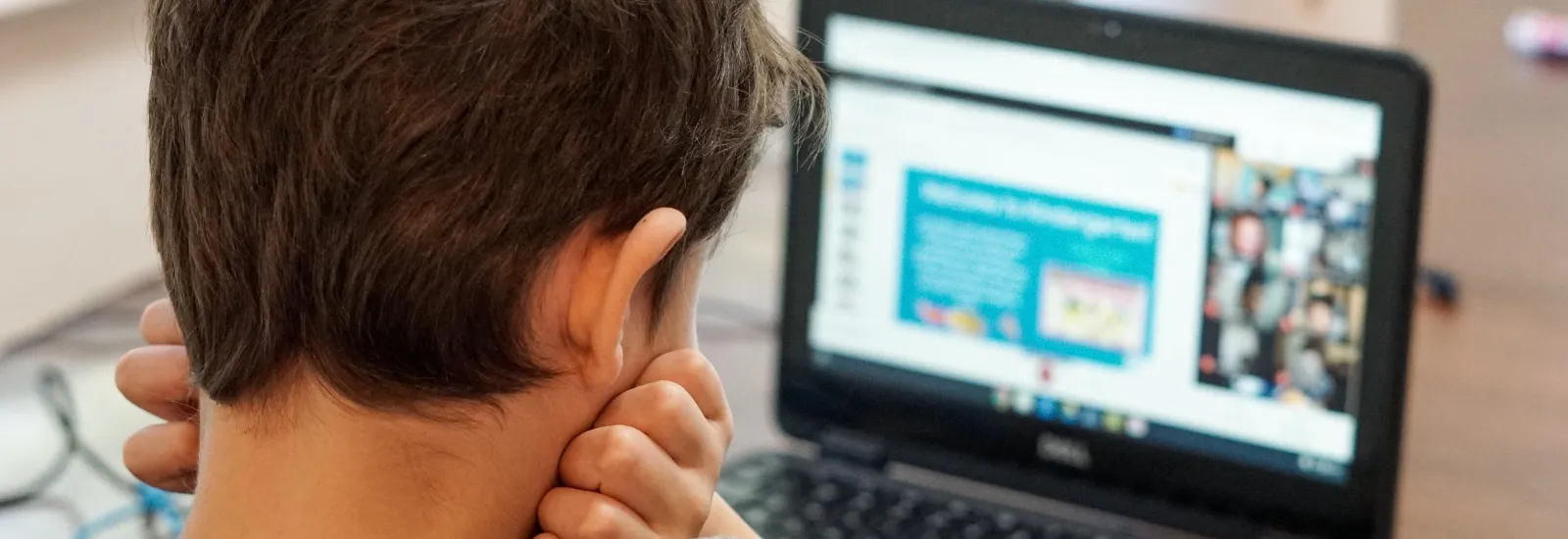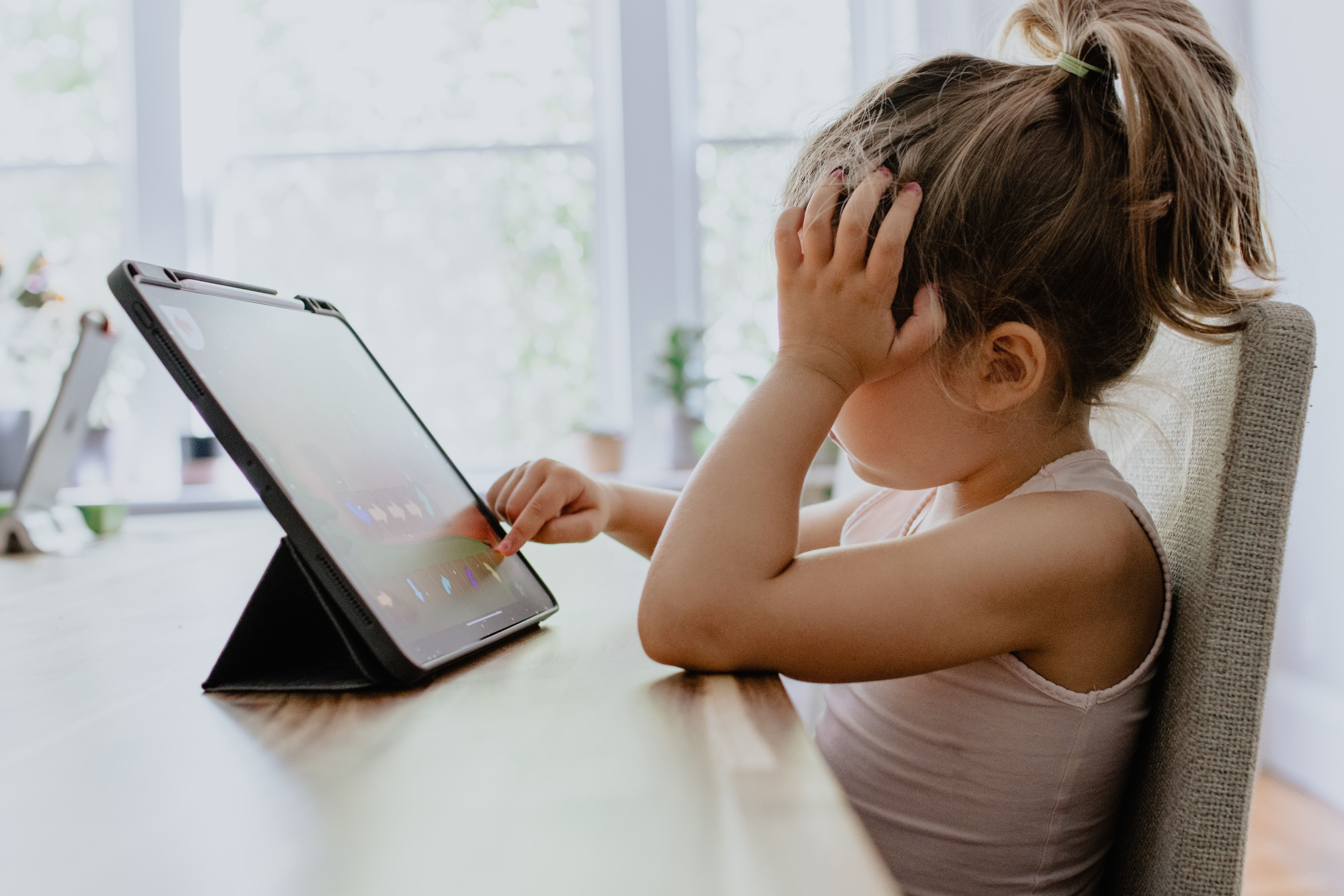
Reid Blog Categories
Reid Blog Latest Updates
- Allergy
- Athletic Training
- Audiology
- Breast Center
- COVID-19
- Diabetes & Nutrition Education
- Ear, Nose & Throat
- Emergency Care
- Family Birthing Center
- Gastroenterology
- General Surgery
- Heart & Vascular
- Hospice blogs
- Men's Health
- Mental Health
- Mother-Baby Care
- Neurology
- OB/GYN
- Oncology
- Orthopedics
- PACE
- Pain Management
- Palliative Care
- Pediatrics
- Plastic & Reconstructive Surgery
- Podiatry
- Recipes
- Rehabilitation
- Senior Health
- Sleep
- Sports Medicine
- Sports Performance
- Urological Care
- Wellness
- Women's Health
- Wound Healing
- Pulmonology
- Endocrinology
- Let's Shine
- From Strings to Stethoscope: Olivia Colwell finds her rhythm in healthcare
- Nurse Residency Program: Baylee Petry’s medical journey leads to her calling
- CenteringPregnancy at Reid encourages mother’s confidence while building a supportive community
- Keep Kids Safe on The Road: Essential car seat tips you need to know
- Medication management with MyReid: Never miss a refill again
- Stroke treatment, intervention, and recovery
- Prehab: Prepping for joint replacement makes recovery faster
How to manage kids' screentime during the pandemic
COVID-19 has
changed the way everyone interacts, from where we work to who we see to how
kids are learning. In 2020, millions of American children are engaging in
virtual learning—an approach to education where assignments are uploaded to
platforms, class discussions are held over video calls and teachers livestream
lectures.
School used to
be a time where students had to keep their devices in their backpacks and
participate in classroom discussions and interactions. Now, school has turned
into something that is accessed almost entirely through a screen.
Children are
getting more screen time than ever before. Which leaves many parents wondering,
how much screen time is healthy?

How much screen time should a child have per day?
Recommended
screen time for kids depends on a child's age. The American Academy of Pediatrics provides the following
recommendations:
Children
under two years old:
- Very limited screen time (less than one hour per day)
- Only with an adult present (example: video-chatting family members)
Children two
to five years old:
- One hour or less per day
- Media that is interactive, non-violent and educational
- Should be supervised with co-view or co-play
Encourage and
engage your children to participate in other fun and healthy activities.
Children
five to 18 years old:
- Screen time should be tailored to each child
- Should be filtered (using media parental controls) or supervised
On average,
kids ages eight to 12 spend four to six hours per day with screens, and up to
nine hours as teens, according to the American
Academy of Child and Adolescent Psychiatry. Some, like the American
Heart Association, have gone so far as to suggest that that number should
stay under two hours.
What's
important to remember when finding your own house rules during this difficult
time is that children and teens need more sleep (as much as 12 hours for teens)
and an hour of physical activity. That only allows for a few hours of screen
time that's unrelated to online learning screen time.
Why is screen time bad?
Too much screen
time for kids can lead to long-lasting adverse health effects. The
American Academy of Pediatrics reports the following negative effects of
screen time on children:
- Impaired sleep. Screens overstimulate and
distract. Blue
light delays the release of melatonin and affect your child's circadian
rhythm.
- Delays in learning and social skills. Infants
and toddlers who have too much screen time can miss out on important play
that helps them learn life skills like turn-taking, social interaction and
coping skills. This can lead to delays in attention, language, creative
thinking and social skills.
- Obesity. Frequent media use of
preschool-aged children is linked to
weight gain and increased risk of childhood obesity.
- Behavior problems. Screen time has a
severe impact on sleep. As a result, according to
this and other studies, children with a lot of screen time have an
elevated chance of developing behavioral issues.
How much screen time for kids is OK during the pandemic?
Children's
screen time is surging by up
by 60% as a result of the pandemic. While normal recommendations (less than
one hour for kids under the age of two and optimally less than two hours of
recreational screen time for kids over the age of two) were created during
normal circumstances, parents should still consider their child's
age, interest and needs when determining how much screen time is appropriate.
The American
Academy of Pediatrics recommends families develop a Family Media Plan. This tool customizes screen time
recommendations for every child depending on their age and unique needs. When
asking the question, "How much screen time should kids have?" it's important to
track what their normal day looks like, and schedule in plenty of breaks.
The Office of
Educational Technology recommends the following guiding principles for
early learner technology use:
- "Technology—when used appropriately—can be a tool for
learning."
- "Technology should be used to increase access to
learning opportunities for all children."
- "Technology may be used to strengthen relationships
among parents, families, early educators, and young children."
- "Technology is more effective for learning when
adults and peers interact or co-view with young children."
What are some creative ways to limit screen time for kids?
It can be
difficult to limit screen time for kids, especially during the pandemic. If
parents are trying to work from home and kids aren't able to participate in
normal activities, that leaves a lot of time to fill.
Local and state parks - Most parks
are open every day of the year for walking, hiking, biking and other outdoor
activities. Make a family goal to hike a new trail every week.
Libraries - Many local libraries
offer drive-thru service to pick-up and drop-off books, games and activity
kits.
At Reid Health,
we also offer resources that would be helpful to parents raising
children during this pandemic. From tips to staying healthy to free coloring pages for kids, we offer great services for
those in a time of need.

